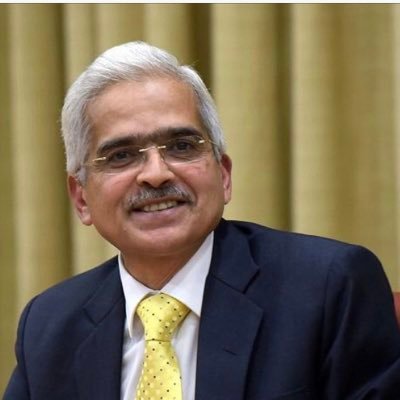RBI Governor projects real GDP growth at 6.5% for FY24.
NEW DELHI: RBI Governor Shaktikanta Das said that the Monetary Policy Committee (MPC) has unanimously decided to keep the repo rate unchanged at 6.5%. Repo rate is the rate at which the RBI lends money to commercial banks.
Das said, the standing deposit facility (SDF) rate remains at 6.25% and the marginal standing facility (MSF) rate and the Bank Rate at 6.75%. RBI Governor said, the MPC also decided to remain focused on withdrawal of accommodation to ensure that inflation progressively aligns with the target, while supporting growth. RBI has revised the CPI inflation target for current fiscal to 5.4 per cent. RBI Governor projected real GDP growth for 2023-24 fiscal at 6.5 percent.
RBI said it will come out with a framework allowing borrowers to switch to fixed interest rate from floating interest rate. The move will provide relief to borrowers of home, auto and other loans. Reserve Bank Governor said, under the framework, to be put in place shortly, the lenders will have to clearly communicate with the borrowers about tenor and EMI. He said, the supervisory reviews undertaken by the Reserve Bank and the feedback and references from members of public have revealed several instances of unreasonable elongation of tenor of floating rate loans by lenders without proper consent and communication to the borrowers.
RBI Governor said that the global economy continues to face daunting challenges of elevated inflation, high levels of debt, tight and volatile financial conditions, continuing geopolitical tensions, fragmentations and extreme weather conditions. Belying earlier apprehensions, a number of economies have demonstrated remarkable resilience and the grim prospects of hard landing appear to have receded. Nevertheless, global growth is likely to remain low by historical standards in the current year and next few years, despite the upward revision in the global growth forecast for 2023 by the IMF3. World merchandise trade volume growth is projected by the WTO to decelerate from 2.7 per cent in 2022 to 1.7 per cent in 2023. Headline inflation is easing unevenly across countries and remains above the target in major economies. While the pace of monetary tightening has been scaled down, policy rates could stay higher for longer. Financial markets, which had been buoyed by expectations of an early end to the cycle of monetary tightening, have turned volatile with sizeable two-way movements in response to recent rating event and incoming data.
He further said that the moderation in headline inflation to 4.6 per cent in Q1 of 2023-24 was in line with the projections set out in the June MPC meeting. There was a pick-up in headline inflation to 4.8 per cent in June due to an upturn in food inflation. On the positive side, inflation excluding food and fuel (core inflation) has softened by more than 100 basis points from its recent peak in January 2023. The month of July has witnessed accentuation of food inflation, primarily on account of vegetables. The spike in tomato prices and further increase in prices of cereals and pulses have contributed to this. Consequently, a substantial increase in headline inflation would occur in the near-term.


